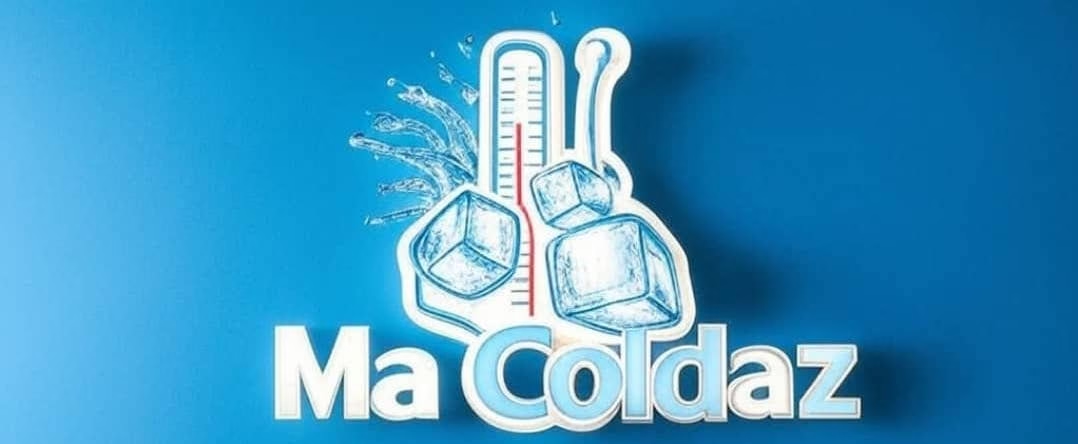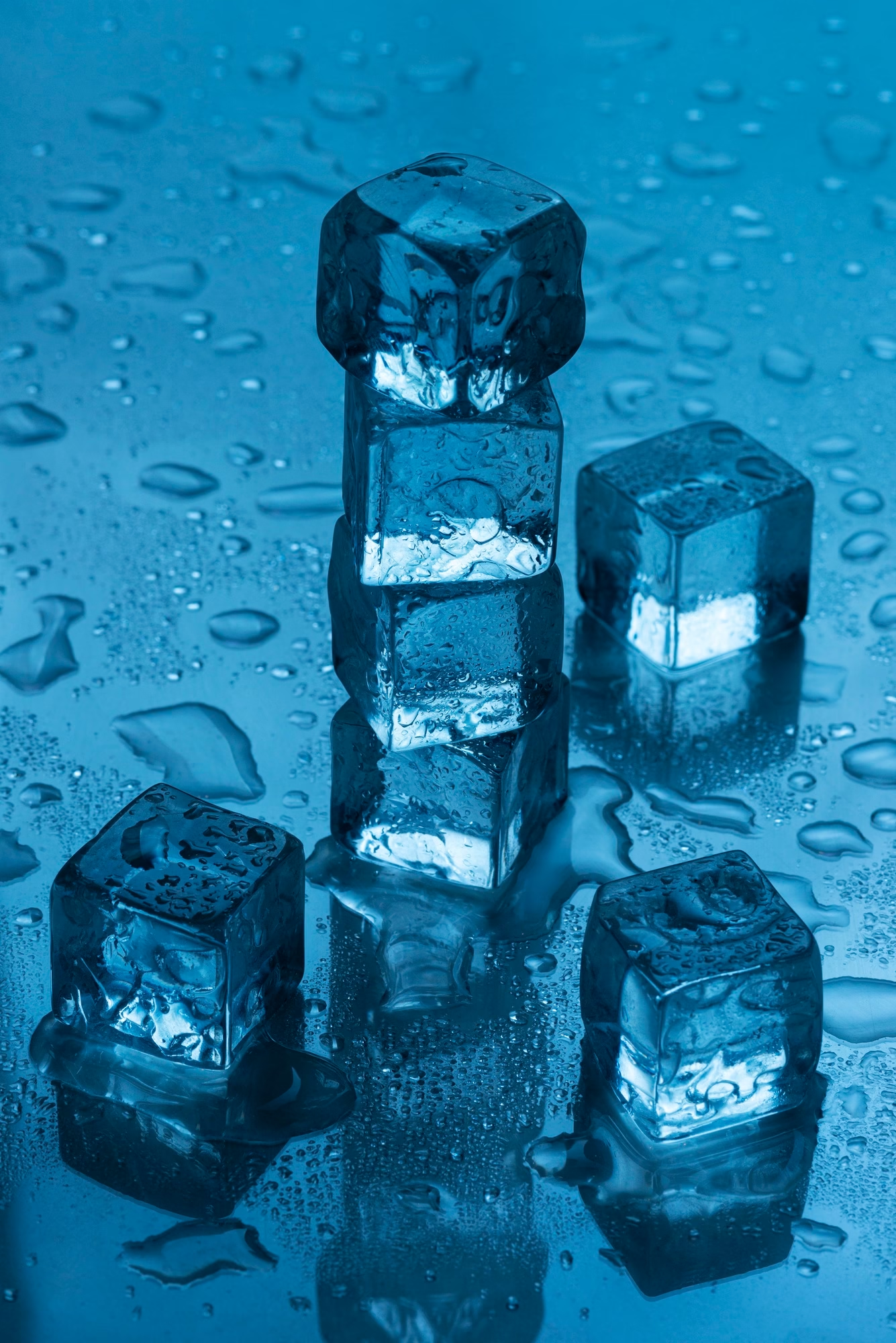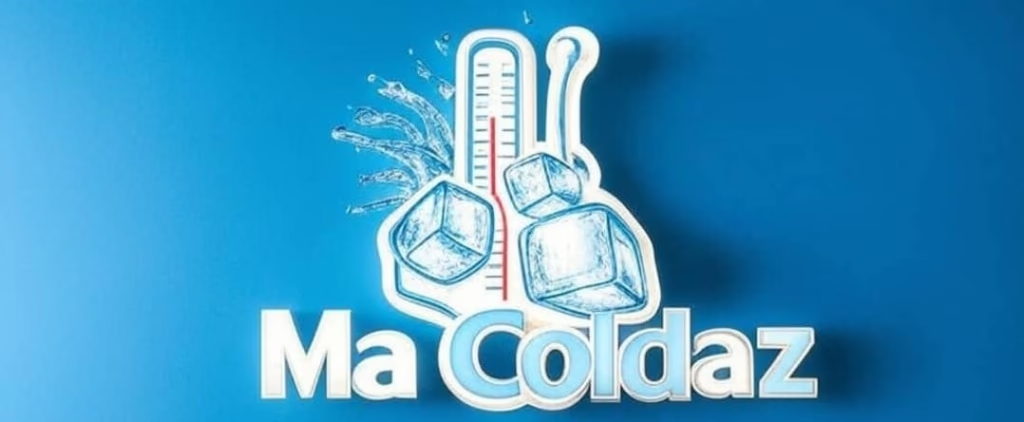
Golden Goose shoes: worth it?
They are worth it if you appreciate hand-finished character, long-wearing Italian materials, and styling versatility that works with virtually anything; they remain not worth the price if you want pristine minimalism plus you judge sneakers strictly by value-per-gram of leather. This premium goes toward craft and design intent rather than lab-clean finishes.
Golden Goose manufactures its sneakers within Italy and purposefully distresses them, thus the scuffs plus patina arrive baked in and unique per each pair. This means you may wear them hard from day 1 without babying the finish or worrying over the first mark. The brand’s last shapes, internal wedge insole, plus firm cupsole establish a stance plus comfort profile that is different from standard court footwear. If you cycle them and observe basic care, its leather and outsole hold up for years, which creates cost-per-wear sensible for heavy users. When your taste tends to clean, minimal white sneakers, one will see more value in clean rivals than in the Golden Goose’s aesthetic.
Value drivers you really notice on-foot
The value lies in three factors you feel with see every occasion you wear the shoes: the sculpted form and internal wedge that flatter profile, the unique manual aging that reads premium up close, with Italian leather that molds rather over collapses.
The internal wedge insole provides subtle height with goldengooseonsale.org a forward position without looking as a platform, which helps trousers drape better and legs look longer. Manual work means no dual pairs are the same, and this distressing is constructed rather than applied, so it ages with you versus of flaking. Full-grain leather uppers and sturdy foxing reinforce the shoe and prevent that pancake collapse you see with softer cheaper sneakers. Perforations, signature overlays, and back tabs are stitched cleanly with uniform gauge thread, the small thing that adds up visually. On-foot, they behave like a fashion sneaker including luxury finishing versus than a converted athletic trainer.
What are the cost per Golden Goose sneakers in 2025?
Most core low-cut pairs land around 530 to seven hundred USD, high-tops cost roughly 650 up to 800 USD, and heavily embellished and hand-applied versions can climb well above 900 USD. Youth sizes generally fall between 300 to 450 USD.
Prices vary with leather type, embellishment, and special capsules, so dual similar-looking models could differ by 3 digits. Outlet, archive, and past-season styles can come at lower, while limited drops and premium editions command higher prices at retail and on resale marketplaces. Taxes and duty duties move the number further based on your country. If you intend to buy rare pairs, budget around the reality that sought-after colorways seldom discount often. That table below shows typical ranges plus fit tendencies for popular families.
| Style family | Average MSRP (USD) | Fit tendency | Notes |
|---|---|---|---|
| Superstar model (low) | 530–680 | Normal with slightly tapered toe | Classic side star; many colorways |
| Hi Star / Mid Star | 600-720 | Similar to Superstar; one touch more space | Raised foxing band around the midsole |
| Pure Star (low) | five hundred to six fifty | Most regular, cleaner last | Minimal distressing; cleaner logos |
| Ballstar (low) | 530-650 | Somewhat roomier forefoot | Vintage basketball cues |
| Slide (high-top) | 680–800 | Snug ankle and arch | Lateral zipper on most versions |
| Special/embellished | seven hundred to twelve hundred plus | Differs by base model | Crystals, glitter, studs, special leathers |
| Kids | 300–450 | Standard kids’ grading | Core Superstar and Ball Star styles |
Price drivers one should factor into
Final cost is most sensitive to leather quality, hand embellishment, and whether the style is a exclusive seasonal execution. Standard models in calf leather sit cheaper than pairs with suede, metallic finishes, glitter, or unique finishes. Hand-applied rhinestones, studs, heavy aging passes, and composite push labor effort up, and that sticker price reflects. Seasonal partnerships or special editions tend to become allocated in reduced runs, which reduces discounting and may create resale premiums. Geography influences because European pricing sometimes net at lower before VAT refund, while North American distribution can vary by store or city.
Fit and fit: getting it right the first time
They use Euro sizing and most pairs fit true to size; should you are between sizes, go lower for narrow feet and up for wide feet, plus expect a short break-in as the leather molds. This interior wedge plus removable insole influence volume, so sock choice and foot shape matter.
Measure both feet in mid afternoon, stand against a wall on paper, mark heel and longest front, and add approximately 7 to 10 millimeters for space; compare the measurement to the company’s size chart for pick the closest EU size. Should your forefoot is wide, the Ball Star and some High/Mid Star versions feel more comfortable than very tapered toe boxes. When you wear thicker socks, stay with your larger foot’s measurement and don’t squeezing the toe just to chase a sleeker appearance. Insoles are adjustable on many pairs, which lets you tune volume using aftermarket options or thin out volume if you’re within sizes. Expect that leather to relax within a several wears, but that cupsole and foxing will remain firm rather than mushy.
What models wear tighter or roomier?
As a rule of thumb reported by many wearers, Superstar reads somewhat slim at its toe, Ball Star feels a touch roomier, Slide remains snug through each ankle due via padding, and Pure-star tracks closest toward a standard tennis last. Seasonal tweaks and materials may change feel more than you think.
Glitter and laminated finishes are harder on day first and can cause the same fit feel tighter prior to they soften. Soft leather versions break in faster and may feel more comfortable across the toe area. High-tops with one side zip limit lace adjustability, this is great regarding convenience but somewhat ideal if you have a particularly high instep. Pairs with extra aging sometimes expose gentler edges that accelerate up comfort lacking changing actual inner dimensions. When experiencing doubt, try your usual EU fit and one adjacent size to confirm the last one’s foot prefers.
Upkeep and cleaning which preserve the appearance
Skip the washing machine; instead, dry-brush dirt, spot address with a moist cloth and gentle soap, treat textured leather with a special brush and eraser, and let these air dry far from heat. Address the foxing via a gentle white sponge and be easy to preserve the factory aging intact.
Use a gentle horsehair brush and lift dust and grit before any moisture touches each shoe. On standard leather, wipe using a barely wet microfiber cloth and a drop including neutral soap, then buff dry; the thin layer including colorless cream treatment every few months keeps the leather supple. For nubuck, lift nap with a suede tool, then target spots with a specialized eraser; avoid liquid cleaners that can stain or damage the texture. The foxing and outsole respond well for a light pass of a melamine sponge, but stop well before stark white if one’s pair arrived distressed. Remove the ties and soak them in lukewarm liquid with a tiny amount of mild detergent, then air dry flat and keep their form.
Storage and scent control that will not ruin finishes
Store them within a cool, moisture-free spot with cedar trees or paper stuffing, rotate wear days, and deodorize with cedar plus baking-soda sachets instead of than perfume applications. Keep them apart of direct sunlight to prevent uneven fading.
Unfinished and distressed leathers can deepen under heat, thus never put them near radiators and in a dryer. Use unvarnished cedar shoe trees to wick moisture plus hold the front shape without stretching the leather too much. If they get soaked, remove interior padding and laces, stuff lightly with paper, and let these dry naturally over at least 24 hours. For stubborn odor, wipe every insole lightly via a cloth soaked in a extremely dilute vinegar blend, then air ventilate; swapping in clean laces and socks also makes one bigger difference than most sprays. Over time, rotate them alongside at least 1 other pair for give leather fibers time to rest between wears.
Fast authenticity tests that catch the majority of fakes
Look for consistent Italian build craftsmanship, crisp heel feature and insole markings, a star-motif design, layered non-repeating aging, substantial leather smell and weight, and a box tag whose style code matches the product. Any two and three misses together should be treated as a danger flag.
Inspect the signature overlay and back tab: stitching ought to be even with clean back-tacks, with branding should be centered with uniform spacing, not unclear or off-axis. Genuine pairs smell similar to leather with a hint of bonding agent; many fakes skew chemical and seem unusually light for their size. Rotate the shoe then check the outsole: tread should stay well-defined with a star-themed pattern, rather than a generic plain rubber. Distressing ought to differ between left and right and show scuffs to wrap naturally around panels rather than identical printed patterns. On the box, the printed style, color, and size should align to hangtags and any internal label; mismatched fonts or poor-quality printing are frequent counterfeit tells.
Box details that aid confirm the pair
Expect a logo box, tissue, with a dust cover, plus a tiny care card; precise designs and language change seasonally, thus consistency of quality matters more over matching an web photo. Absence for one insert is not proof of a fake, however cheap materials with low-grade print quality add up quickly.
Boxes should appear sturdy with clean edges and neat glue lines, rather than spongy cardboard. Storage bags use decent-weight fabric with balanced prints; thin, reflective polyester with off-white ink is a common counterfeit shortcut. Care cards, when present, have clean kerning and accurately accented Italian where applicable. The printed label should remain aligned and feature a scannable code that corresponds for the model information you were provided. When buying used, request close-ups for the outsole tread, insole print, rear tab, and container label in a same frame plus the shoes for reduce photo switches.
Which buyers should buy these—and who should not?
Buy them should you want luxury craft with the lived-in look, put on sneakers several times a week, and value the unique, hand-finished character to pairs with casual wear, tailoring, and outfits alike. Skip the shoes if you like spotless minimal footwear or you change sneakers rarely adequately that cost-per-wear will stay high.
As a reality check, run the quick cost-per-wear: a 600 USD model worn three occasions a week for one year totals up at under 4 USD each wear, and across two years it drops closer toward 2 USD. Should you will put on them only for weekends, the figure climbs and a lower-priced alternative could make more sense. For the look without the equivalent spend, consider P448 or Autry with distressed vibes, while Common Projects, Koio, or Oliver Cabell brand scratch the clean-white itch. If one want trend-forward on budget, adidas Samba model, Stan Smith, and Nike Killshot offer strong style plus a very different finish philosophy. The calculus is subjective, but approaching this with realistic use patterns keeps this decision grounded.
Specialist recommendation
“If you’re between sizes, test measurements with and without the removable insert in the shop; getting the fundamental length right and then adjusting volume with the footbed and sock option is safer over sizing up plus hoping thick socks will fix one sloppy heel.”
Lesser-known but useful information
Each pair becomes hand-finished in Italian factories, so small differences between left and right are standard and expected. Most models include a subtle internal lift in the insole that adds elevation and changes position without reading as a platform. The outsole design uses star-themed motifs that help with rapid visual authentication. Older pairs and specific materials were marked “Golden Goose Deluxe Brand Brand” while most recent releases display simply “Golden G-o-o-s-e,” so branding differences by season stay not automatically suspicious.




 Home
Home  Whishlist
Whishlist  Compare
Compare  Checkout
Checkout